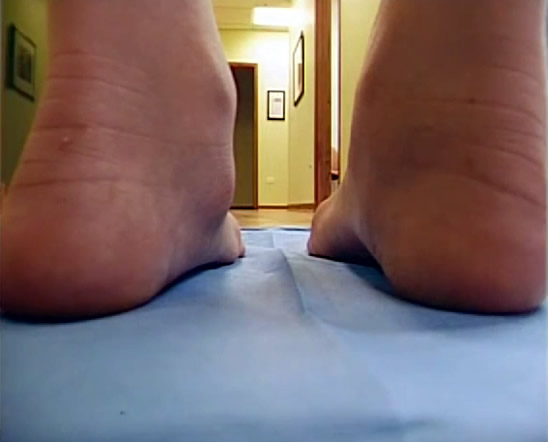In this episode of Feet Forward, Dr. Lawrence Kosova of Family Podiatry Center in Naperville discusses Hyperpronation and Flatfeet in both children and adults. Children under the age of Age 3 almost always have flat feet. Foot muscles and arches in babies aren’t developed enough to support their bodies as they learn how to walk. As the child develops the arches can become lower due to subluxation of bones in the feet. Dr. Kosova talks about both conservative treatment and also a correction utilizing the Hyprocure stent for both children and adults. Dr. Kosova discusses how flatfeet can affect your legs, knee’s and back and that you don’t need to be in pain and discomfort. You can be back to your active lifestyle in comfort.
There still isn’t an overwhelming consensus of how to approach flatfeet. While viewpoints vary, having a flat foot doesn’t mean that there’s necessarily a problem that needs to be fixed. In this episode of Feet Forward, Dr. Lawrence Kosova of Family Podiatry Center discusses Flatfeet in both children and adults.
Children with flatfeet
Children ages 3 and under will almost always have flat feet. Foot muscles and arches in babies aren’t going to be developed as the child is learning how to walk. It isn’t until around ages 4, 5, and 6 where symptoms develop and can be observed. Pediatricians may overlook this condition as well.
Children with low arches aren’t all classified as pathological flat feet. that express pain and commonly express symptoms by sitting down often, a lack of interest Children’s feet before the age of 3 are almost always flat. Around the age of 4 is when the arch should be watched to see how foot bones development in the foot.
Flatfeet doesn’t just affect the feet. If the child expresses pain in the foot, legs, or knees.
Look at the arch, and see if the foot is turning
“I thought that pain was normal’
“I thought everyone had this.”
Look at the feet from behind the heel.

This image is a perfect example of flat feet in a child. The right side has been corrected with a stent which raises the arch while the left is untreated. The left side has no arch. Above the arch is a big bulge which is actually a dislocated ankle.
“I thought that pain was normal’
“I thought everyone had this.”
Look at the sides, backs of your childrens shoes. See if there’s a wear pattern which can be an indicator of an off balance or flat foot.
Look at the bottom of the shoes to see if one side is more worn than the other.
A painful experience is abnormal
Conservative treatment first. can include custom Orthotics.
